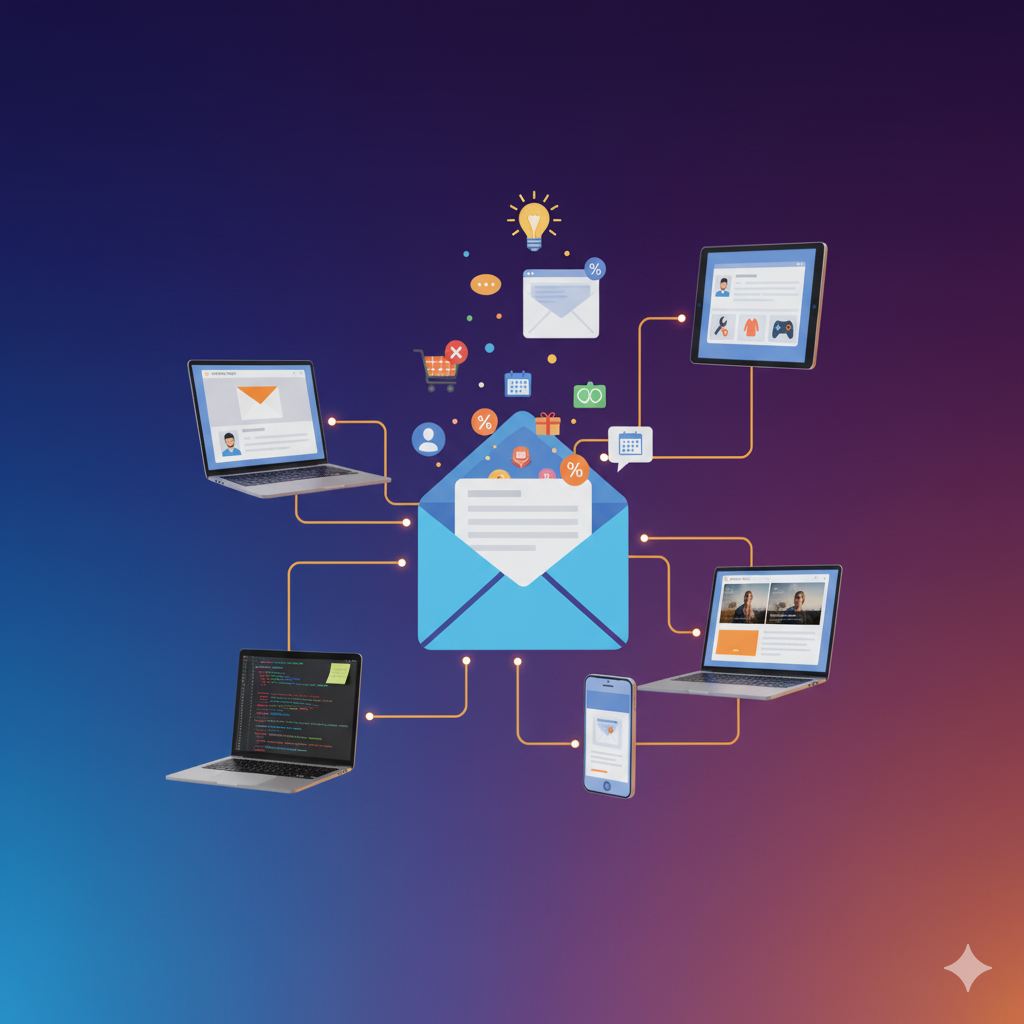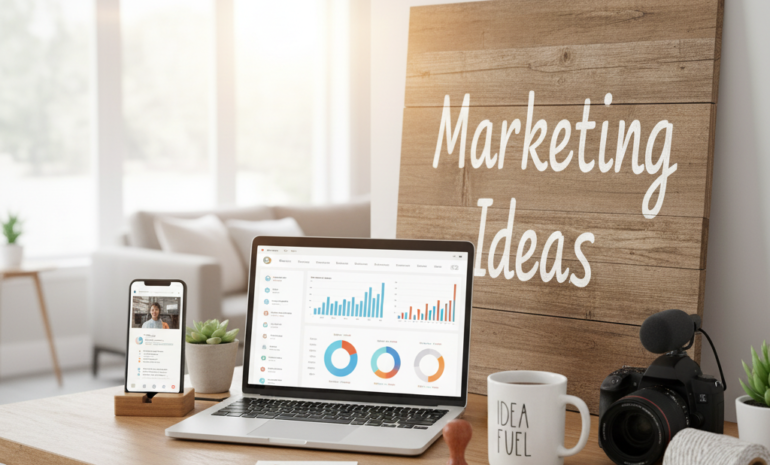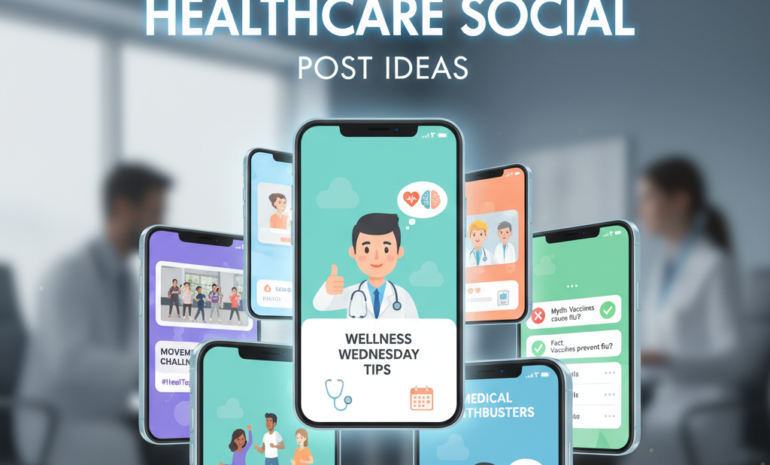Past customers are one of the most valuable segments of your audience. They’ve already purchased from you, meaning they trust your brand and know your products or services. However, not every customer will return automatically. Without a consistent reengagement strategy, these valuable contacts may drift away to competitors. Email marketing is one of the most cost-effective ways to re-engage past customers and encourage repeat business.
This guide explains how to create a successful email marketing plan to re-engage past customers. We’ll cover why it matters, how to segment your audience, craft the right messages, and measure results. By the end, you’ll have a clear framework to bring lapsed customers back.
Why Reengaging Past Customers Matters
Acquiring a new customer can cost up to five times more than retaining an existing one. Past customers already know your brand, so it’s easier to persuade them to purchase again. Effective reengagement emails can:
- Increase customer lifetime value
- Reduce churn rates
- Boost sales without increasing ad spend
- Improve brand loyalty
- Generate referrals
These benefits make email marketing a powerful channel for reengagement campaigns.
Step 1: Identify and Segment Past Customers
The first step is to identify which customers you want to reengage. Not all past customers are the same. Some may have purchased once, others multiple times. Segmenting your list allows you to tailor messages to each group.
Ways to Segment Past Customers
Time Since Last Purchase: Group customers by how long it’s been since their last order (e.g., 30 days, 90 days, 180 days).
Purchase Frequency: Identify one-time buyers versus repeat buyers.
Average Order Value (AOV): Focus on high-value customers separately.
Product Category: Target customers based on what they previously purchased.
Engagement Level: Distinguish between those who open your emails but haven’t bought versus those who’ve stopped engaging entirely.
This segmentation lets you personalize your messaging and offers.
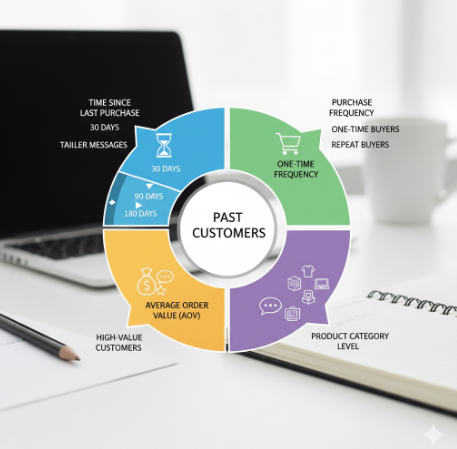
Step 2: Clean and Update Your Email List
Before sending any reengagement campaign, ensure your email list is clean and up to date. Remove invalid addresses, correct typos, and update preferences if possible. This improves deliverability and ensures your messages reach the intended recipients.
Step 3: Craft Compelling Subject Lines
Your subject line is the first thing your past customers will see. A weak subject line means your email will go unopened. Make it attention-grabbing, relevant, and benefit-focused.
Examples:
- “We miss you! Here’s 15% off your next order.”
- “It’s been a while — let’s catch up.”
- “Exclusive offer just for you!”
Test different subject lines using A/B testing to see what resonates with your audience.
Step 4: Personalize Your Content
Personalization goes beyond using the customer’s first name. Tailor the email based on their past purchases, browsing behavior, and preferences. Mention the specific product or service they bought and suggest related items or upgrades.
For example, if someone previously purchased a website development package from Brandout, you could send them:
- An offer for a maintenance plan
- A discount on a related service (e.g., SEO or performance optimization)
- A free resource on improving their existing site
Personalized content signals to the customer that you understand their needs.

Step 5: Offer an Incentive
Sometimes a simple reminder isn’t enough. Incentives give past customers a reason to return. This could be:
- A limited-time discount
- Free shipping on their next order
- A free consultation or audit
- Early access to new products or services
Be clear about the value and urgency of the offer to drive action.
Step 6: Use Automated Email Workflows
Automation allows you to set up reengagement campaigns that run without manual intervention. For example:
- Win-back Series: Send a sequence of emails over several days or weeks designed to bring back lapsed customers.
- Anniversary Emails: Celebrate the anniversary of their first purchase with a special offer.
- Feedback Requests: Ask for feedback on why they haven’t returned, then follow up with a tailored offer.
Tools like Mailchimp, ActiveCampaign, or HubSpot make setting up these workflows straightforward.
Step 7: Optimize Email Design and Copy
Your email’s design should be mobile-friendly, visually appealing, and easy to read. Keep your copy concise and focused on the benefit to the customer.
Tips:
- Use clear calls to action (CTAs) like “Shop Now,” “Claim Your Discount,” or “Book Your Free Audit.”
- Include visuals of the product or service you’re promoting.
Make sure the email loads quickly and displays correctly on different devices.

Step 8: Leverage Social Proof
Adding testimonials, reviews, or case studies in your email builds trust. If a past customer sees that others are benefiting from your services, they’re more likely to return.
For example:
“Brandout helped over 500 businesses improve their online presence. See how we can help you too.”
This reassures the recipient that your brand continues to deliver value.
Step 9: Test and Measure Your Results
Track key metrics to evaluate your campaign’s success:
- Open rate
- Click-through rate (CTR)
- Conversion rate
- Unsubscribe rate
- Revenue from reengaged customers
A/B testing different subject lines, offers, and send times helps you refine your approach for maximum impact.
Step 10: Respect Customer Preferences
If a customer doesn’t respond after several reengagement attempts, give them the option to opt out or reduce email frequency. Respecting their preferences helps maintain your sender reputation and prevents spam complaints.
Advanced Strategies for Re-engagement
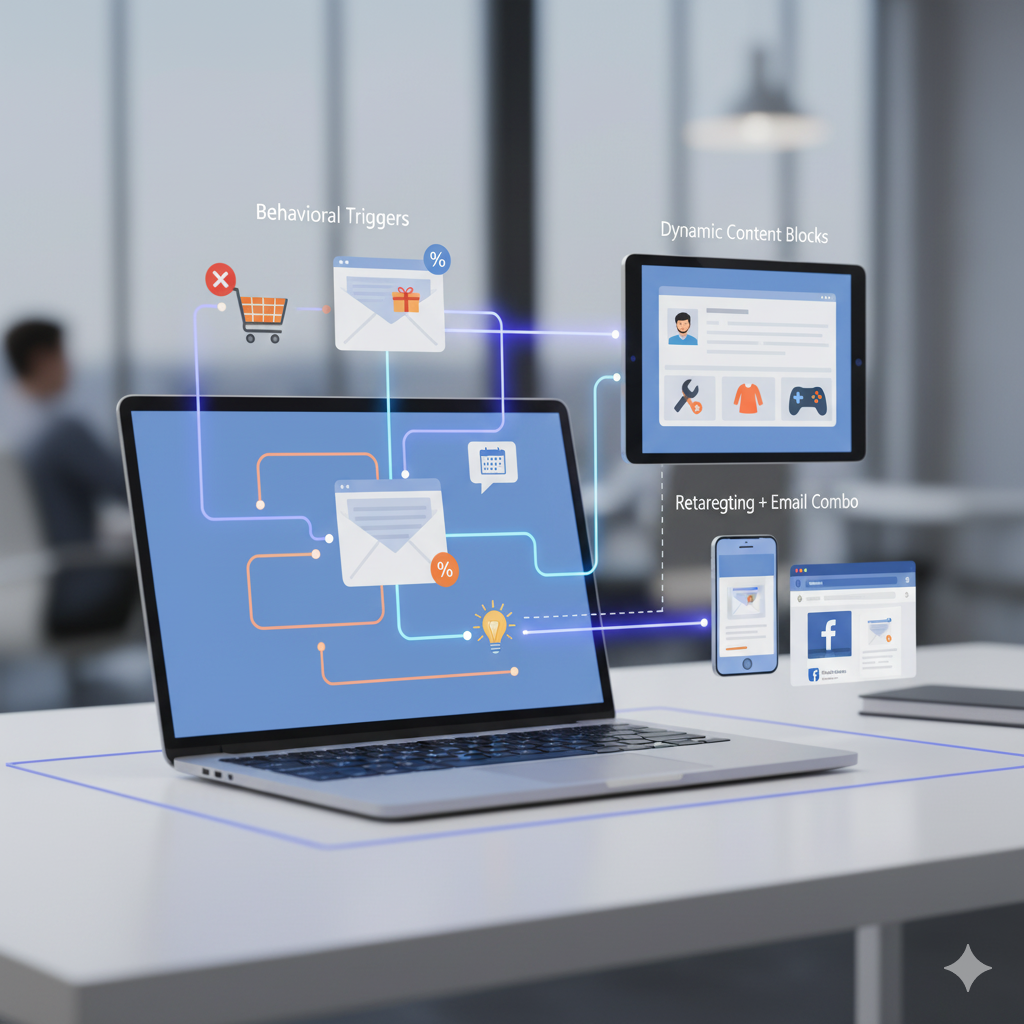
Behavioral Triggers
Use behavioral data to send highly targeted emails. For example:
- Send a discount when a past customer browses your site but doesn’t complete a purchase.
- Send a “We noticed you haven’t used your service lately” email with helpful tips.
Dynamic Content Blocks
Insert dynamic content into your emails based on customer attributes. This allows one email to display different offers or messages depending on the recipient.
Retargeting + Email Combo
Combine email campaigns with retargeting ads on platforms like Facebook or Google. This keeps your brand top-of-mind across channels.
Common Mistakes to Avoid
- Overloading with Emails: Too many emails can annoy past customers.
- Generic Messaging: Treating all past customers the same reduces effectiveness.
- Weak CTAs: Make sure your calls to action are clear and compelling.
- Ignoring Mobile Users: Most emails are opened on mobile; always optimize for smaller screens.
- Not Tracking ROI: Without tracking, you won’t know what’s working.
How Brandout Adv Can Help
At Brandout Adv, we specialize in creating email marketing strategies that bring past customers back. Our team can:
- Segment your customer lists effectively
- Design personalized email workflows
- Create compelling copy and visuals
- Integrate retargeting ads with email campaigns
- Measure and optimize results for continuous improvement
We’ve helped numerous businesses re-engage their past customers and increase their lifetime value. Partnering with Brandout Adv means you’ll get a tailored strategy built for your unique audience.
Conclusion
Reengaging past customers through email marketing is one of the smartest moves a business can make. By segmenting your audience, crafting personalized messages, offering incentives, and using automation, you can win back lapsed customers and increase revenue. With the right approach and tools, email marketing turns dormant contacts into active buyers again.
If you’re ready to re-engage your past customers and boost your sales, Brandout Adv can help you build and execute a winning email marketing strategy.
Most Asked Questions
What is customer reengagement in email marketing?
Customer reengagement means reaching out to past customers who have stopped interacting with your brand to encourage them to return and make another purchase.
How often should I send reengagement emails?
Send a short sequence of 2–3 emails over a few weeks, then reduce frequency if there’s no response to avoid spamming.
What type of subject lines work best for reengagement emails?
Subject lines that show you care, create urgency, or offer a clear benefit like discounts or exclusives tend to perform best.
Do I need to segment my list before sending reengagement emails?
Yes, segmentation allows you to tailor messages to customers based on factors like time since last purchase, purchase frequency, or spending level.
Can incentives really bring back lost customers?
Yes, limited-time discounts, free shipping, or exclusive access can be powerful motivators for past customers to return.
How do I measure the success of a reengagement campaign?
Track open rates, click-through rates, conversions, and revenue from reengaged customers to see if your campaign works.
What if a customer doesn’t respond to any reengagement emails?
Offer an option to adjust email frequency or unsubscribe to keep your list clean and maintain your sender reputation.
Can I combine email marketing with other channels to re-engage customers?
Yes, pairing reengagement emails with retargeting ads on platforms like Facebook or Google can significantly improve results.

